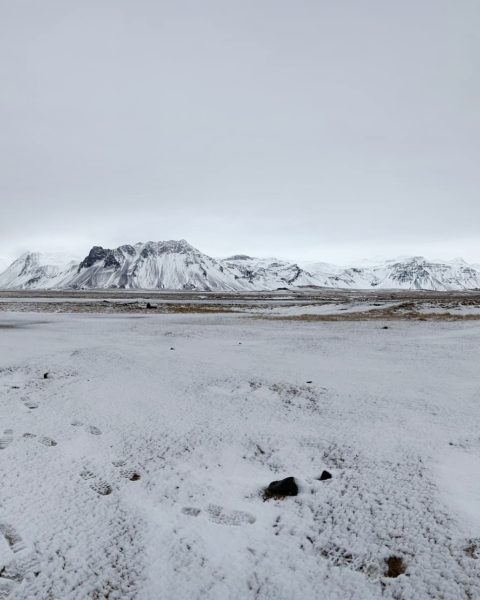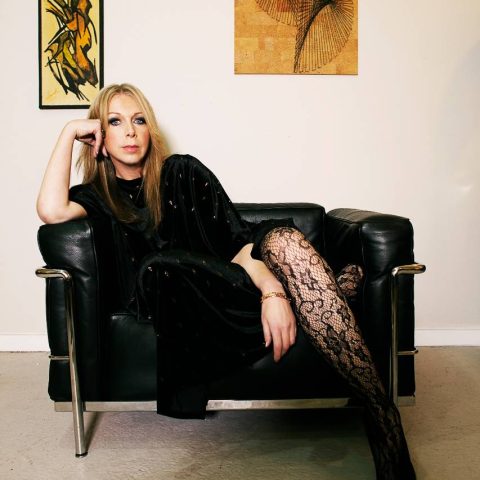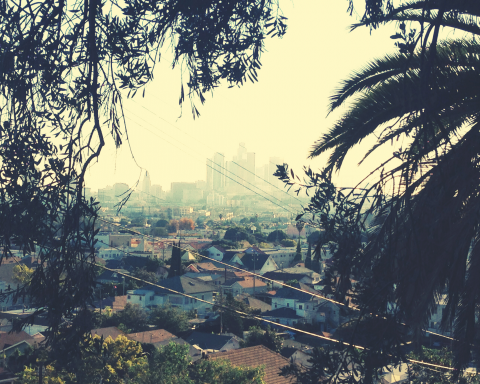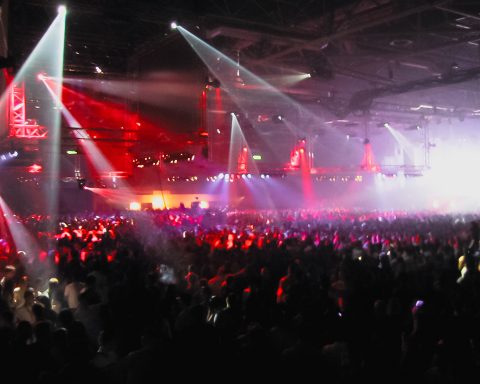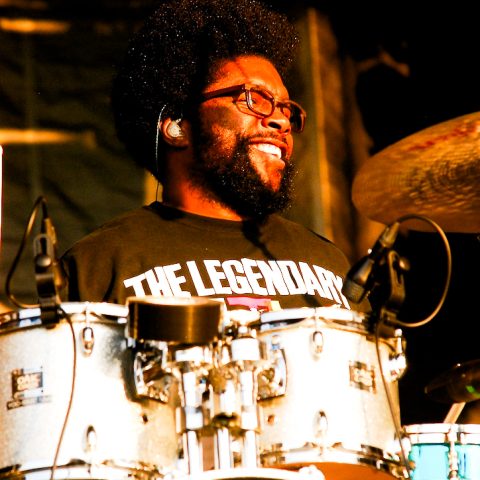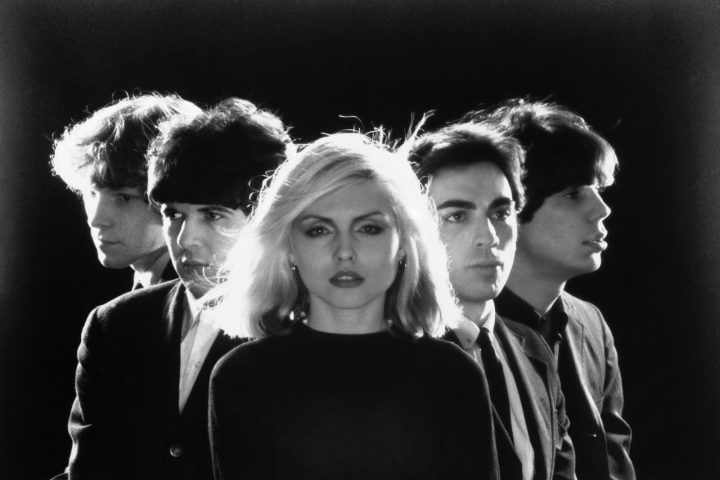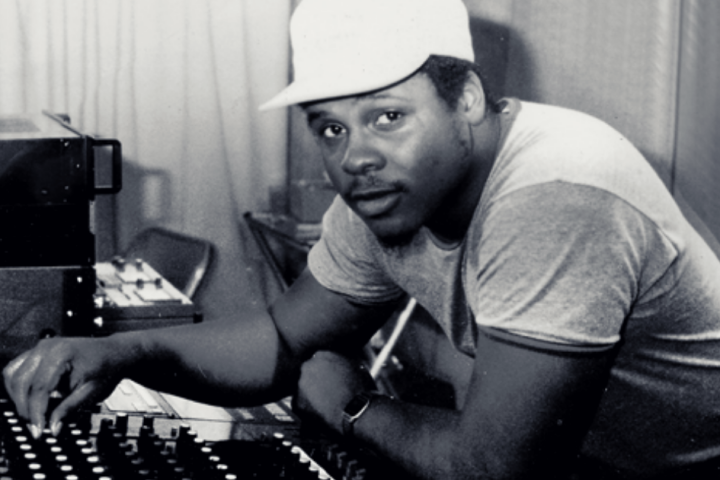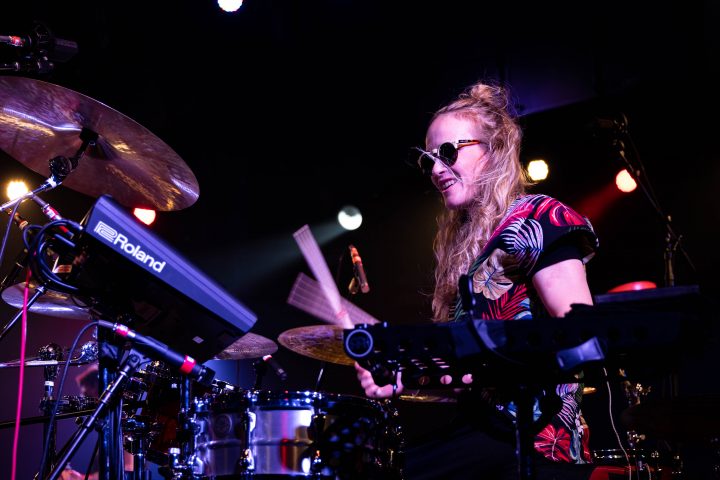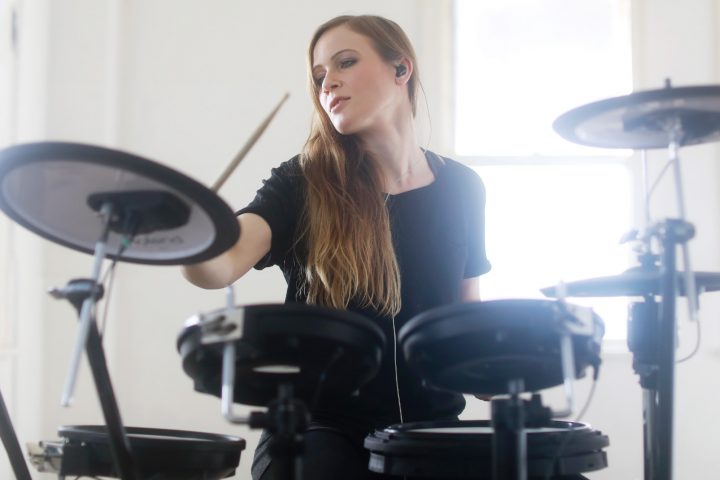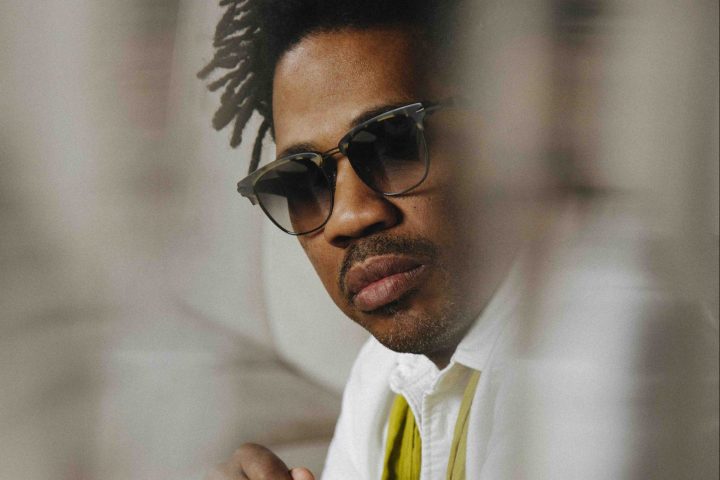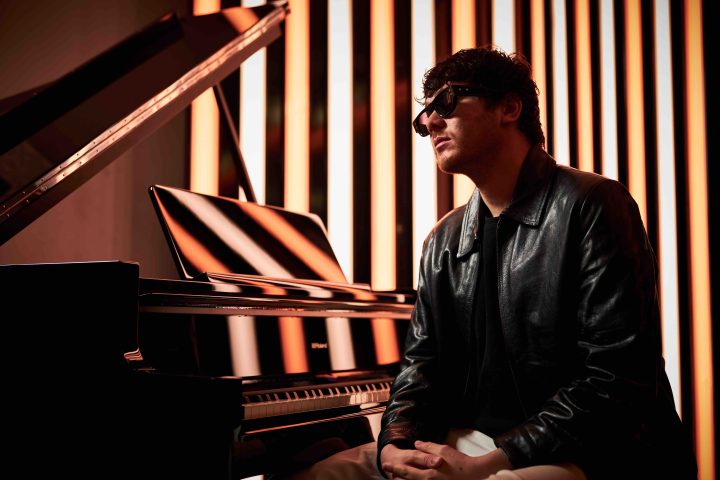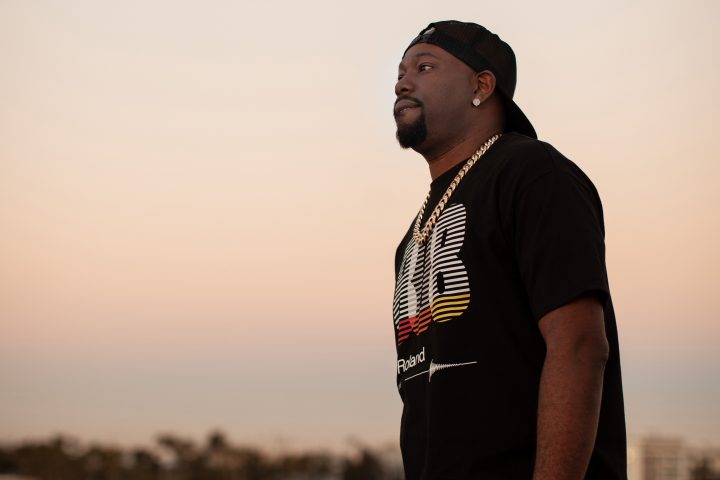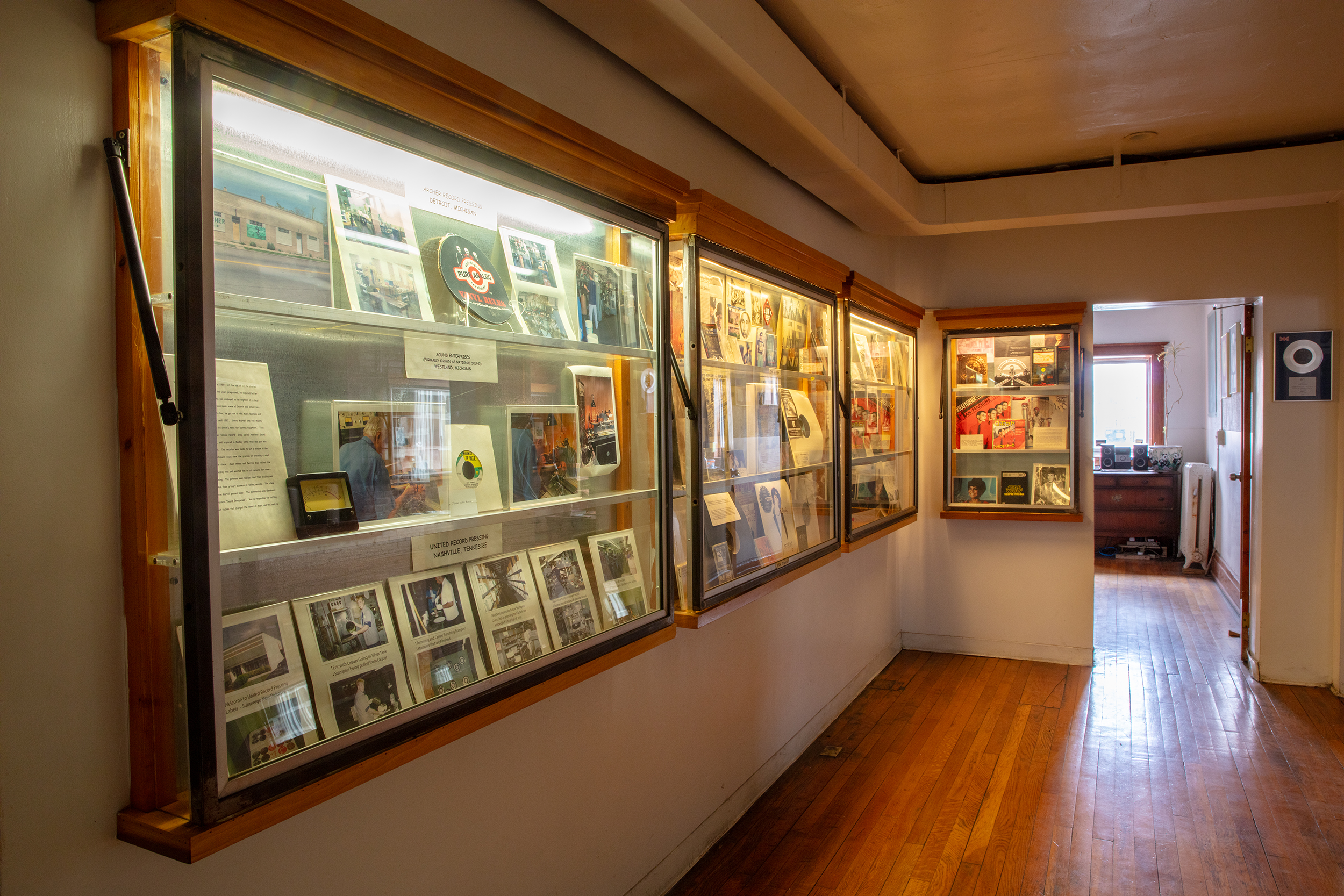
Museum, artist incubator, distro, and record store—Submerge and Underground Resistance represents the interconnected Detroit music community.

These inspiring female producers have left their marks on the music industry and continue to carve space for newcomers.
FEATURES
See All »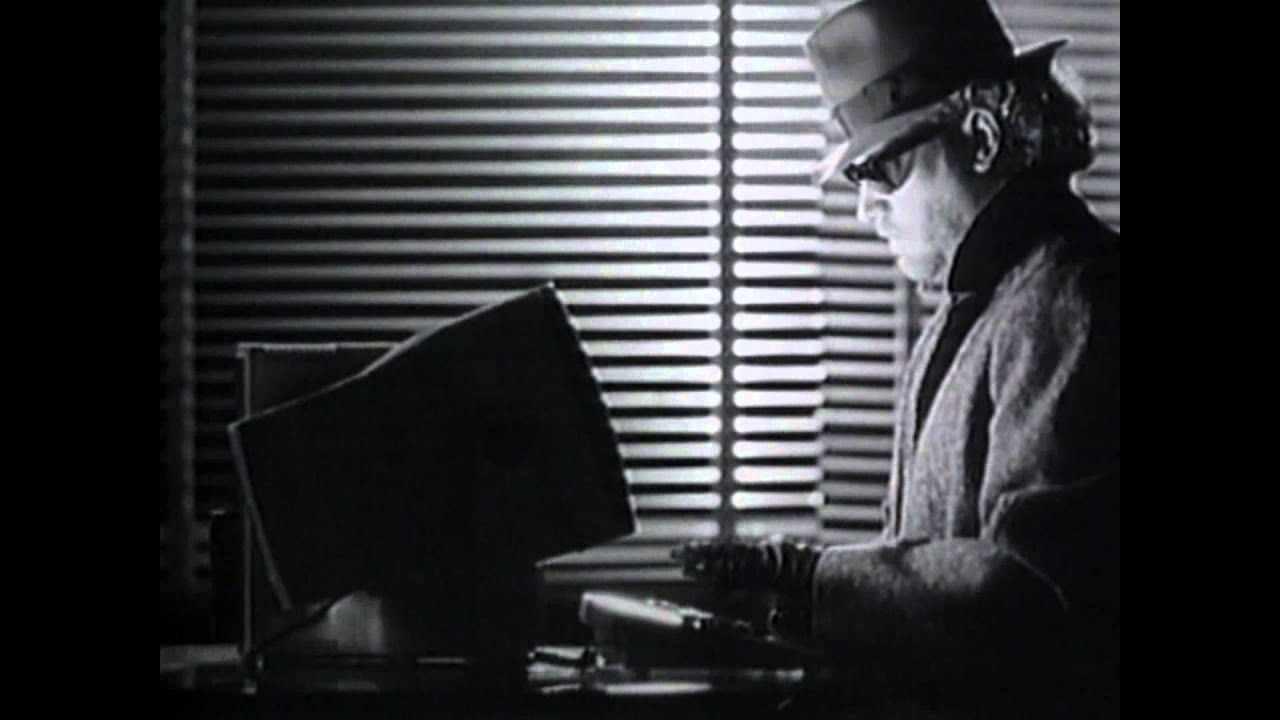
“Axel F” is the inescapable theme song of the classic '80s romp Beverly Hills Cop. Learn about the oddball hit and its pioneering creator.
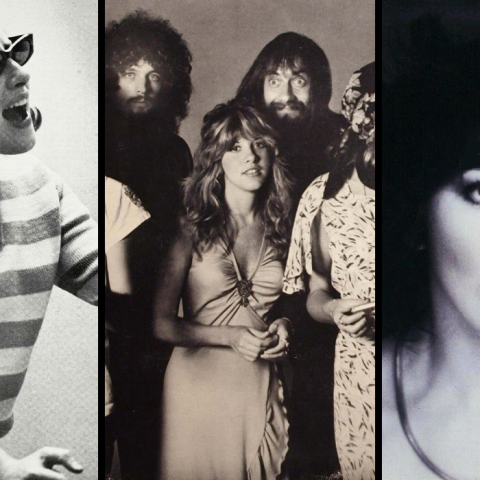
Social media can reinvigorate vintage hits and help them reach broad new audiences. Here are some classic songs that got a second spin.
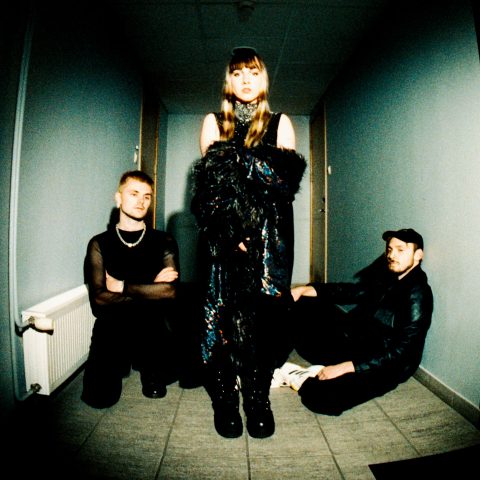
The brainchild of housemates recording late-night jams onto cassette, Night Tapes explains the process behind their atmospheric dream pop.
LISTENING GUIDE
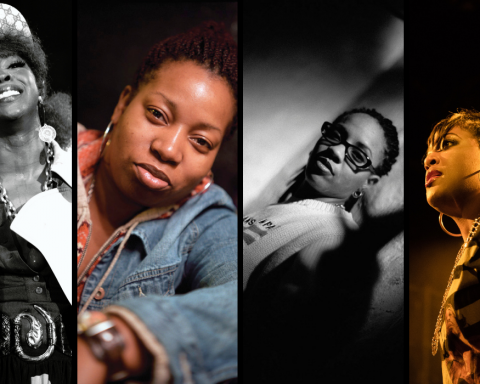
Before hip-hop was the world's most dominant musical genre, several groundbreaking women blazed a fiery trail for others to follow.
Learn
See All »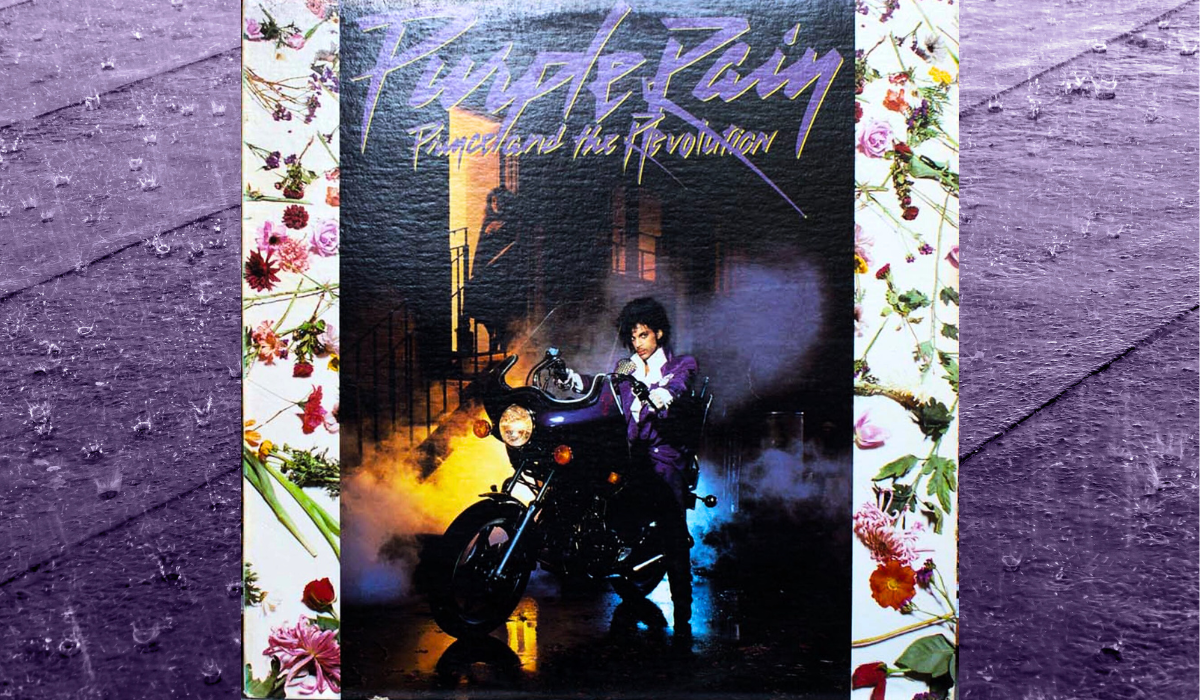
The “Purple Rain” drum parts by Bobby Z. provide a classic example of how to play a power ballad for maximum emotional impact.
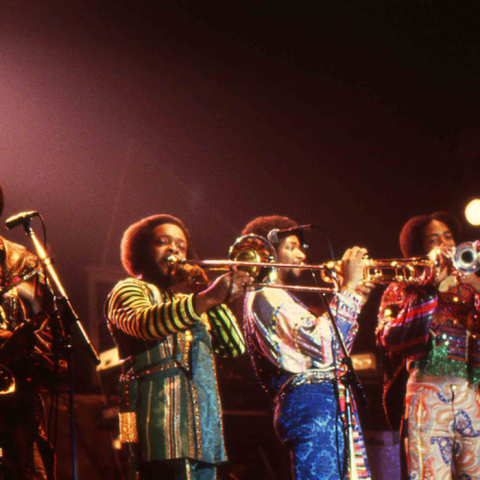
The drumming on the eternally funky “Let’s Groove” demonstrates how powerful disco rhythms can make listeners get up and move.
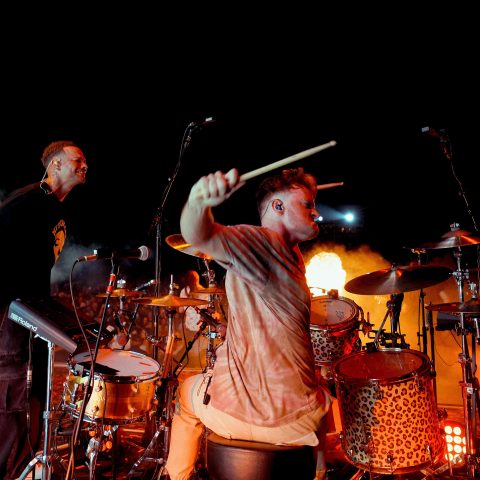
Josh Manuel discusses hybrid drumming and how he uses Roland electronic gear to enhance his performances with Kane Brown.
SOUND BEHIND THE SONG
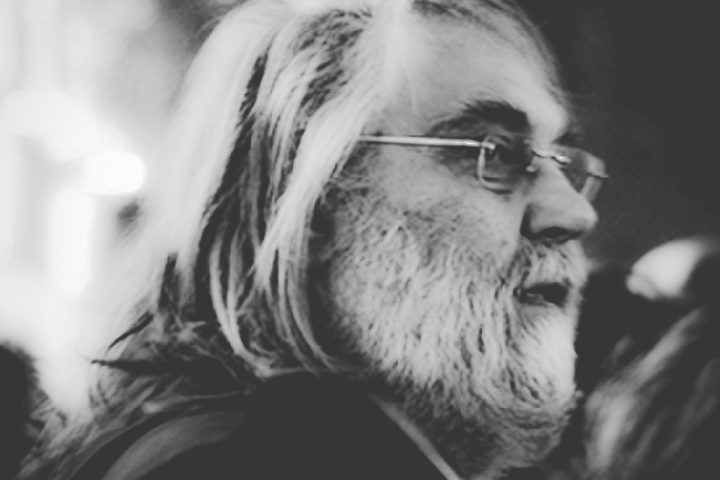
Vangelis’ “Elsewhere” has all the hallmarks of the late maestro: synths, emotion, and a sublime melody, all held together by two JUNO-106s.
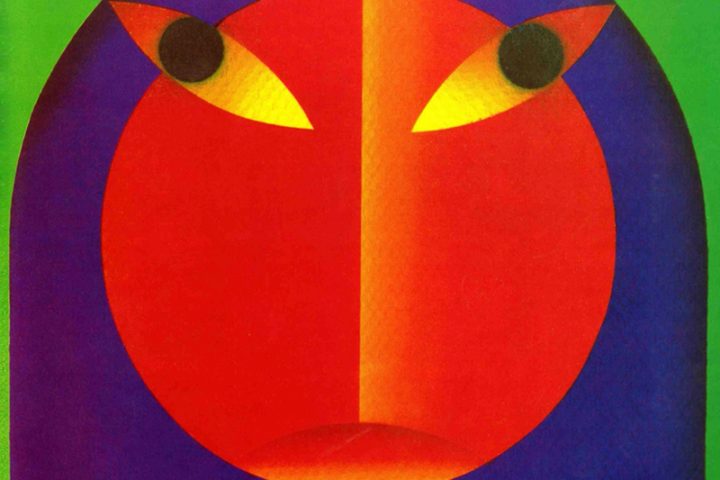
30 years after its release, Joey Beltram’s “Energy Flash” remains one of the definitive techno tracks. It still sits easily in a DJ set.
GAIA 2
SPOTLIGHT
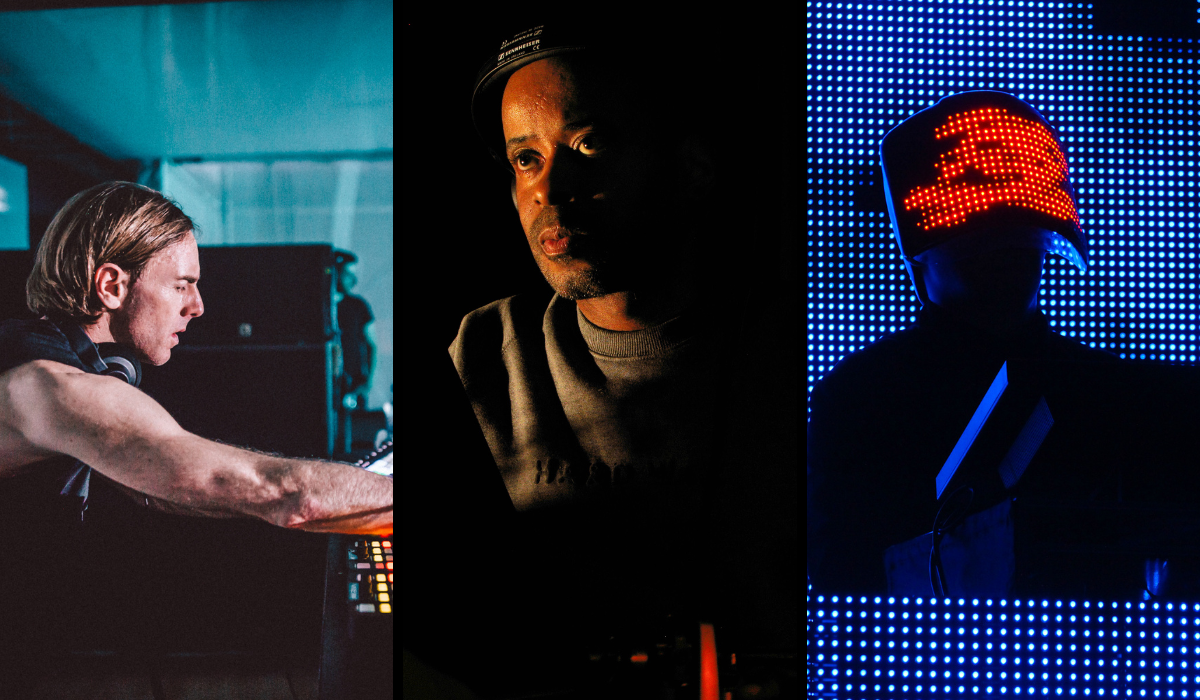
Live electronic music performance creates a unique interaction between performer and listener. Discover how it is both exciting and transformative.
DRUMS
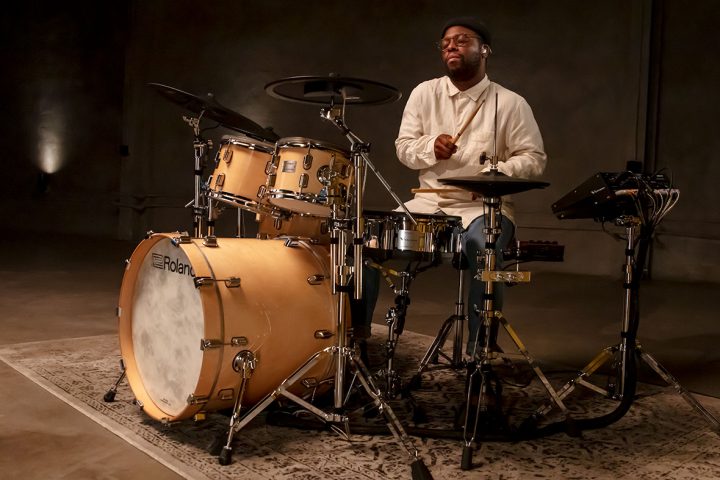
The V-Drums Acoustic Design (VAD) series combines the Roland technology drummers love with classic acoustic drum set styling.
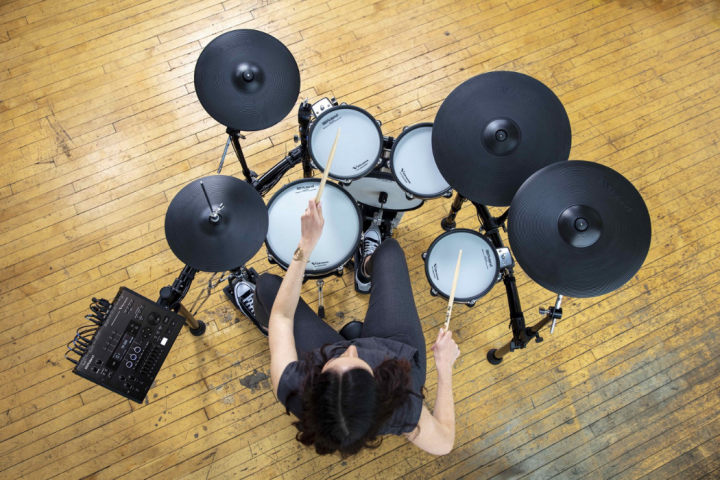
Learning a new instrument may seem hard, but drums are a great place to start. Get a foundation in rhythm and find a lifelong love for music.
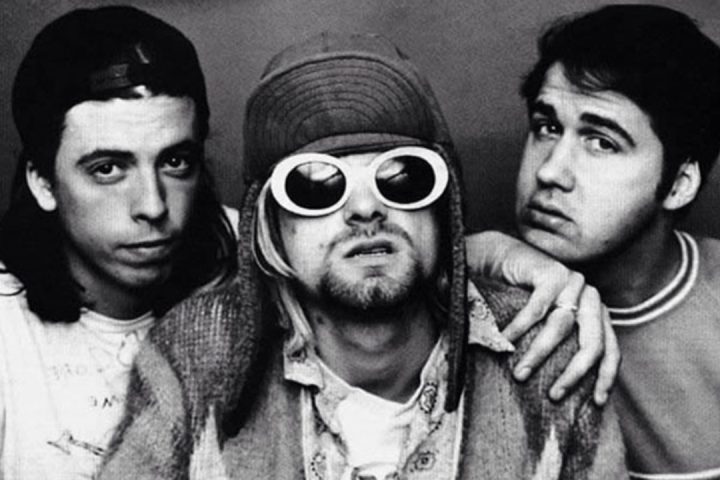
Explore how the themes and drums on "Come as You Are” intertwine, then download the V-Drums kit to capture the Nevermind drum sound.
Our Contributors
See All »David is Music Marketing Leader for Roland Australia. Through his experience as a radio programmer and DJ, he brings quick thinking and instinctive market knowledge to build strong connections.
Joseph's work appears in NPR, VICE, Bandcamp, Noisey, SPIN, Consequence of Sound, and more. He is also a curator at Northwest Terror Fest.
Mark is Roland Keys & Production Product Manager at Roland Corporation Australia. He has written and produced music for Universal Music recording artists, TV, theater, live shows, and theme parks, as well as being a successful recording artist himself.

